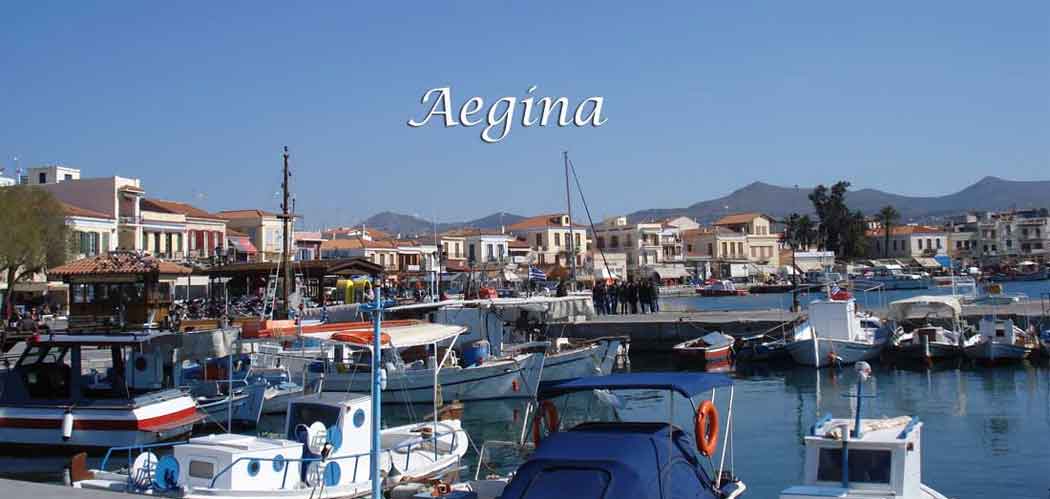The temple of Aphaia in Aegina, one of the most importent monuments of the island, was especially known since ancient times for the pediments, which adorned both narrow sides of the temple.
The sculptures of the pediments were colorful and made of Parian marble, with a theme taken from the Trojan War, in which local warriors and descendants of the king of the island Aiacus, participated, but also from the first campaign against of Laomedon of Troy led by Hercules, where the son of Aiacus, Telamon, participated.

The central figure is the goddess Athena: inside the temple, in the nave, the gilt-ivory statue of the goddess was kept, for its protection railings were added to both the pronaos and the back.
Another gable was previously designed and built for the east side, which was later replaced. It turns out that there was a myth about the abduction of Aphaia by Zeus.
Similarly, the construction of the pediment for the west side with the theme of the Amazon Battle had also begun. But before its construction was completed, a decision was made to design and build other gables with a different theme.
The reason is considered mainly political. The Aeginites presented their island as the homeland of the genus Aiacus. At the end of the 6th century BC, when Aegina was threatened by the Athenians, the Aeginites decided to change the pediments to emphasize their Aecian descent and their achievements.
Around the 3rd c. A.D. the metal links that held the architectural members of the temple were removed and thus some parts of it collapsed.
Excavations
The first research was done in 1811 by the English architect Cockerell and the German Baron von Hallerstein, who visited the site and excavated the sculptures of the pediments, which they transported to Italy, sold to Louis I of Bavaria and thus in 1828 ended up in Munich, where they are to this day and are exhibited in the Munich Sculpture Gallery.
A systematic excavation of the monument was carried out by the German Archaeological Institute in 1901, under the supervision of Ad. Furtwangler and H. Thiersch and later, in 1964-1981, by D. Ohly. In the years 1956-1957 restoration work was carried out by A. Orlandos and E. Stikas.
In the National Archaeological Museum of Athens there are a few pieces influenced by the bronze school that flourished at the end of the Archaic period in Aegina.
The state of the archaeological site presents problems, both in fencing and in the maintenance of the supporting units. In March 2011, the Central Archaeological Council approved a study for “the upgrading of the surrounding area and for highlighting the temples of Aphaia and Hellanius Zeus in Aegina

